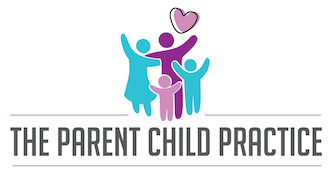It is likely that we have all experienced or seen the following scenario:
Child: "Mommy! Mommy! Look! A truck! I want it." (Child grabs the truck from shelf and waves it at parent)
Mommy: "No truck this time Johnny. Put it back."
Child: "Noooooooooo!!! I want it!"
Mommy: "Not today. Maybe another day. Put it back now." (Mom proceeds to grab the truck from child)
Child: "It's mine!! (voice escalating) Give it to me! It's mine! I want it!!!!!!!" (child begins to cry uncontrollably)
Mommy: (flustered) "Okay! Stop crying! Here! (thrusts truck at child) Let's go." (looks around in embarrassment)
Scene fades to black until the next parent-child power struggle.
If you have not experienced or seen the following scenario, it is in my professional opinion as a psychologist, that you have lived under a rock! Seriously I mean it, you have been under a rock. Just spend one hour at your local grocery store, Target, Wal-Mart, or toy store and you can witness this reenactment. This is a common interaction between a parent and their child (children). There are a number of approaches recommended to handle such a scenario; however, this week and next week I will share my two-part blog on selective attention and selective ignoring. Selective attention and selective ignoring are useful for handling minor misbehaviors that are considered annoying or obnoxious (e.g., tantrums, whining, interrupting, etc)
Selective attention requires the caregiver to find child behaviors or qualities that are desirable (e.g., polite manners, sharing, playing gently with toys) and then specifically praise those behaviors (i.e., I like how you are sharing with Jonathan). When caregivers use selective attention they will find that their child will become increasingly motivated to please them. By implementing "time in" they are teaching their children what they like about their behavior and they are strengthening the parent-child attachment relationship.
Typically the closer a child feels with their parent, the more they will want to do to please them. However, be mindful that implementing selective attention is not as easy as it sounds. It is often hard to catch children "being good" and to remember to give them immediate behaviorally descriptive praise that shapes their behavior. Often parents do not praise small and minor good behaviors and when they catch their child being good they respond with, "Good Job!" "Good Job" is global praise and it does not specifically tell a child what the caregiver liked about their behavior. It is important to direct a child's good behavior by stating exactly what they did well. For example, if a child is speaking in a quiet tone of voice in the library then the parent might enthusiastically say, "I really like how you are using your indoor voice inside the building!"
CHALLENGE: I challenge you to write how many times you caught your child "being good" this week and how many times you specifically praised what you saw. Remember when you are praising behaviors be a news commentator and report/praise what you saw.
(Tune in next week for part two to read about selective ignoring)
Teach Discipline in Children (socyberty.com)



